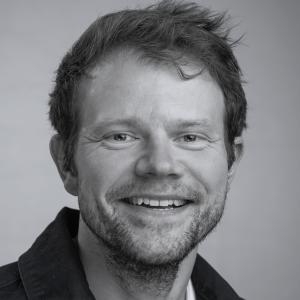The move to clean energy is more than just switching to new technology—it’s a major shift in how markets, industries, and societies function. This transition can be unpredictable, with small actions sometimes creating big ripple effects.
A new report by researchers at the Environmental Change Institute explains how these changes often follow repeated patterns, called system archetypes, shaped by feedback loops that can speed up or slow down progress. Using real examples from clean-energy technologies, the brief shows how better understanding these patterns can help governments plan smarter, avoid setbacks, and drive faster change.
The report has been co-authored by Dr Jan Rosenow, Leader of the Energy Programme at the ECI, Dr Peter Barbrook-Johnson, Departmental Research Lecturer at the ECI and also ECI alum MSc student Max Collett, MSc Environmental Change and Management and now Research Fellow, UCL. They worked alongside co-authors Simon Sharpe, S-Curve Economics CIC and Michael Grubb, Institute for Sustainable Resources, University College London.
Read more on their report in Carbon Brief: How ‘feedback loops’ and ‘non-linear thinking’ can inform climate policy
Read the report in full: System Archetypes of the Energy Transition – Feedback loops and levers of change


